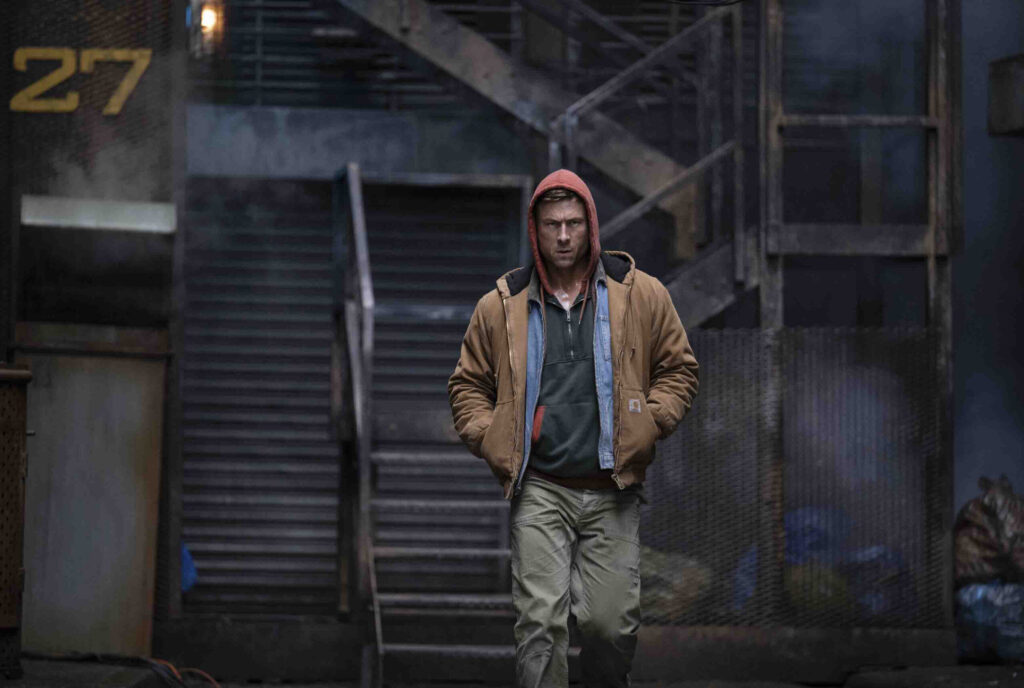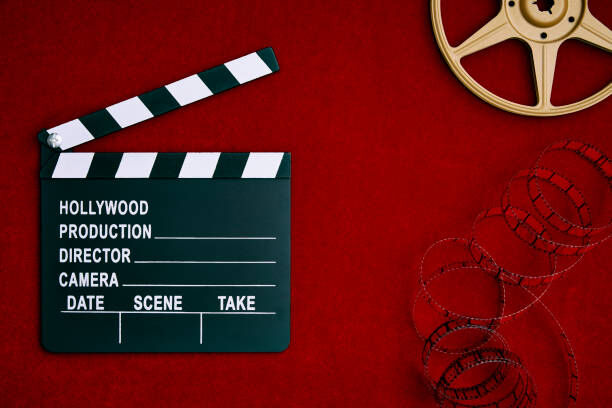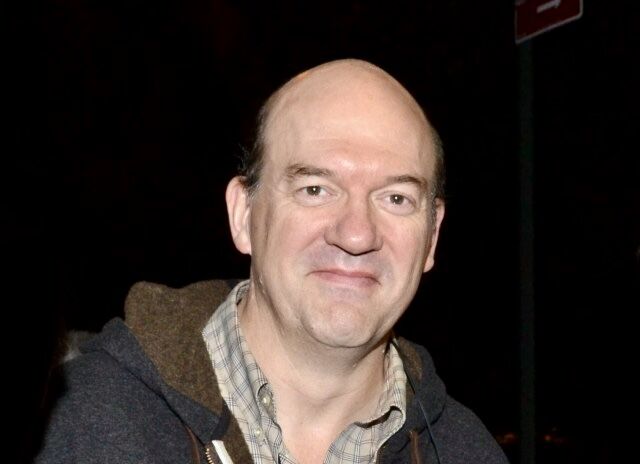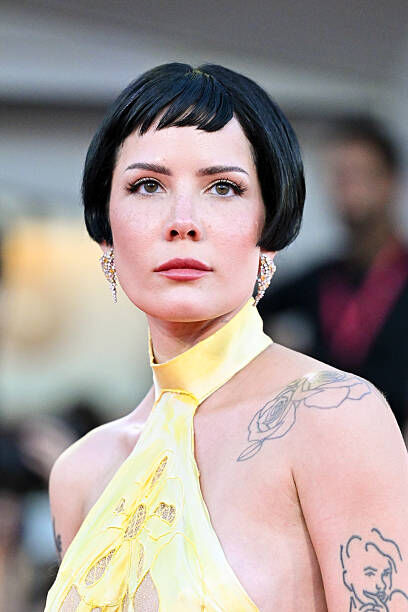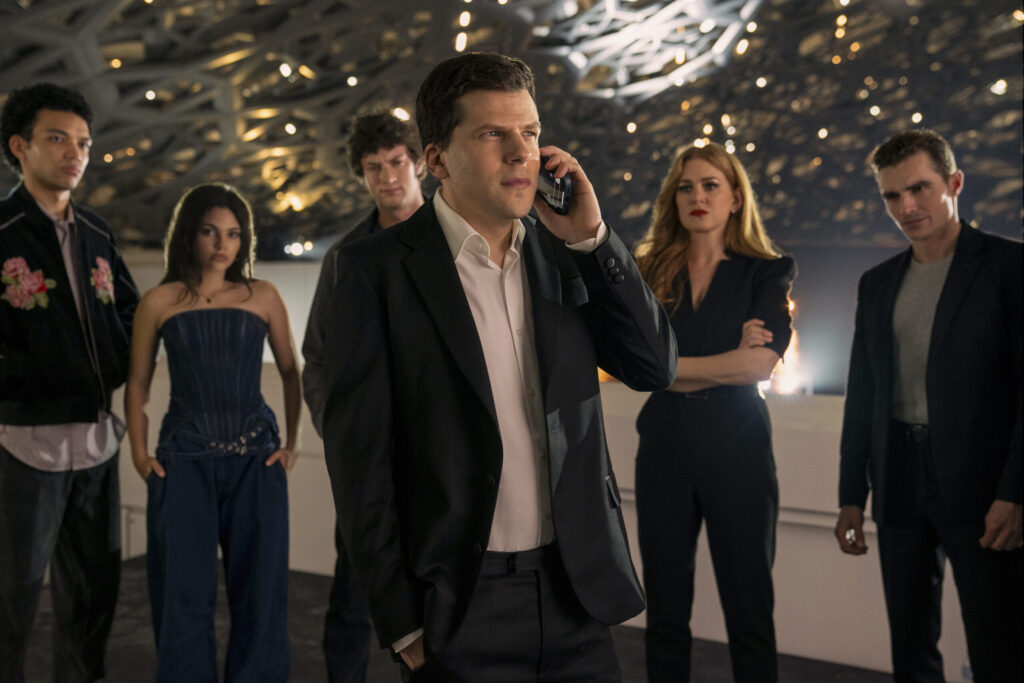An open-air art gallery: Hogan Park at Highlands Creek
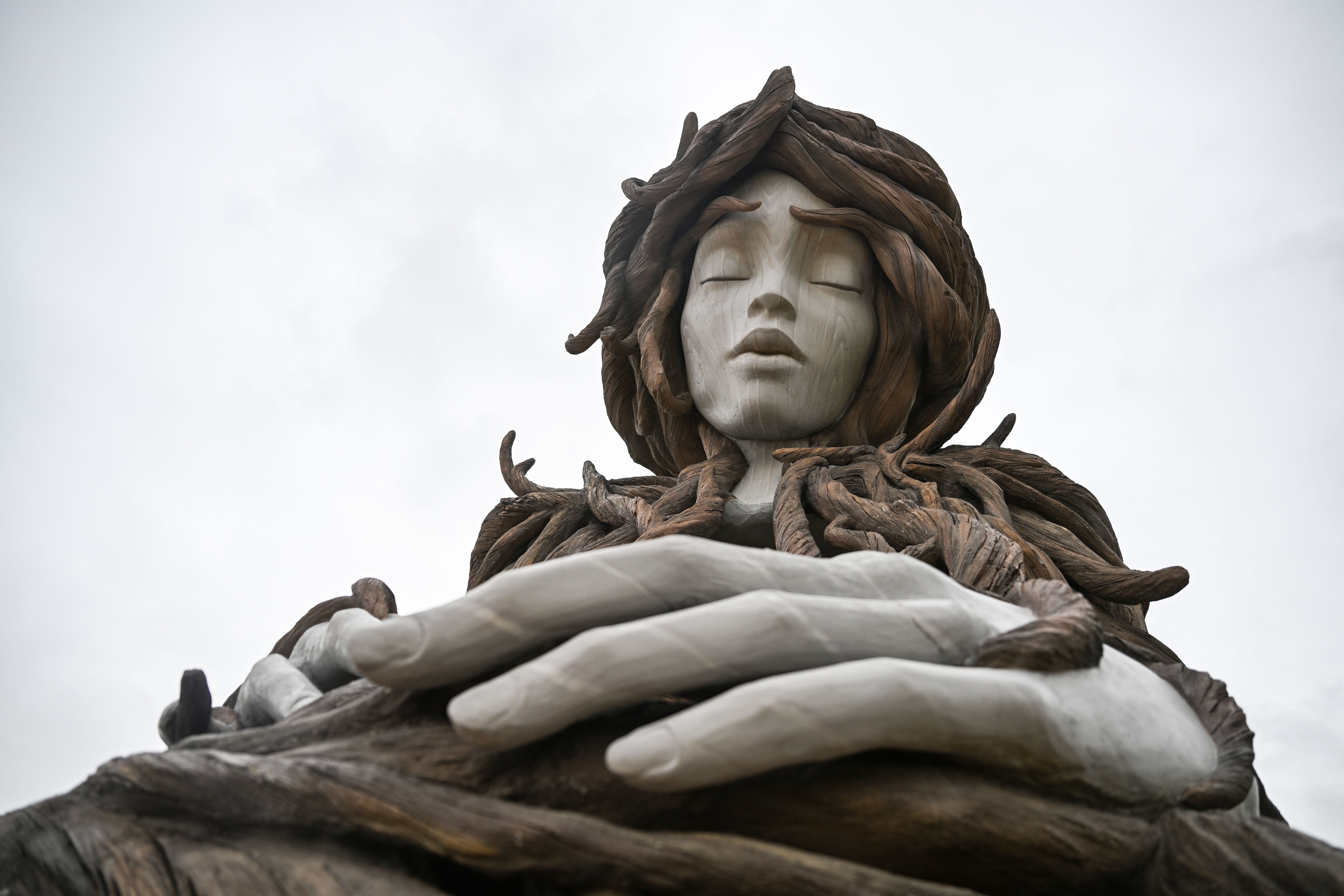
Welcome to Hogan Park at Highlands Creek, a 100-acre space where plans call for a disc golf course, a zip line and a climbing wall. If that sounds like any number of new parks these days, take a closer look.
Just off the paved trail winding through the park stands a polished steel sculpture of a couple at eye-popping scale — their 25-foot silhouettes pierced with multiple holes but their connection immovable.
“Broken but Together,” by Belgian artist Michael Benisty, is just one of about two dozen sculptural and painted fixtures scattered along the two-mile walk.
Carla Ferreira, CEO of the new development, is curating the outdoor gallery along with her father. The ultimate goal is twofold: find a use for floodplain that can’t be built on, and showcase art from around the world to the public.

Ferreira’s vision is turning this stretch of Aurora into an experience akin to visiting National Gallery of Art’s Sculpture Garden in Washington, D.C., or New York City’s High Line, a reclaimed, elevated freight line turned contemporary art-heavy park.
“I want it to be a real art destination,” she says.
The first piece she had installed, in 2022, was “Life Blood” by Arkansas resident Hunter Brown. It’s a flowing sculpture with blue and red arms draped around a radiant orb.
Another of Brown’s sculptures, “Asclepius,” towers 33 feet at the base of what will be the development’s hospital. Its twisted, steel branches spiral around a lit sphere, representing the staff of Asclepius, the Greek god of healing.
Every piece in the park is built to withstand Colorado’s strong winds, intense sunlight and heavy snow.
“That has been the No. 1 prerequisite,” Ferreira says. “It has to be sustainable, durable through all of the weather.”
Take “Umi,” for example. The 21-foot sculpture by South African artist Daniel Popper of a woman holding her womb looks as if it were carved from wood. But it’s actually made from fiberglass-reinforced concrete.
The statue quickly went viral after its installation in 2023. It’s one of Ferreira’s favorite pieces, and it’s no surprise why. The figure comes to life in the evenings with projected mapping that makes “Umi” appear to blink and move.
“Seeing the community engage with ‘Umi,’ it’s such an interactive piece,” Ferreira says. “She’s at the heart of the community, right in the middle of the art park. So when I tell people to meet me, I always say, ‘Meet me at ‘Umi.” It really is the center point.”
The art here is diverse: A similarly constructed piece within eyeshot of “Umi” features engravings that represent Venus and call up the concept of sacred spaces. But a statue with a vastly different look and feel graces the entrance to the park: a bronze bench honoring Colorado’s first Black female doctor, Dr. Justina Ford, commissioned as part of the Statues for Equality initiative that spotlights underrecognized historical figures.
Then there are the yellow, blue and pink traffic signs with messages including “Trust yourself,” “Embrace the Mystery” and “If not now, when?” These “Public Displays of Awareness,” by Los Angeles-based artist Olivia Steele, print positive messages on traditional street signs — displays Steele has installed in cities around the world.
Several tunnels in the park serve as the canvas for murals contributed by artists from Germany, Ireland and California. Some are commentary on climate change while others are visual odes to favorite colors and fascinating lines.
One mural, “Pause-Flow-Reflect,” immerses those walking through the tunnel in abstract compositions that represent water flowing in a creek beneath their feet.
The park’s newest installation, which debuted this spring, is “Liberty,” a polished stainless-steel sculpture by Benisty. It’s a modern take on the Statue of Liberty, with a flowing, feminine silhouette hoisting a torch above the iconic, seven-spiked crown.
The 58-foot, 37,000-pound sculpture — the largest at the park — is captivating, its mirror-like surface contrasting with the dusty prairie land that surrounds it.
Ferreira was inspired to bring the installation to Aurora after seeing it at Burning Man, the annual weeklong event set in Nevada’s Black Rock Desert.
“His pieces are always the star of the show,” Ferreira says.
Many of the artists whose works dot Hogan Park sold their art to the development at a discount — happy to have a permanent home for their pieces that the the public can access for free.
Despite their lowered price tags, the existing fixtures are already valued at $3 million, according to Ferreira, who says she isn’t pausing acquisition anytime soon. She hopes to build on the project’s scope by adding about 15 more pieces over the next decade.
“We just really want to encourage people to come on their own time and to explore,” Ferreira says. “I love going to museums, but museums have hours and they have days that they’re closed and they have prices. And so I just really want people to be able to come and hang out and have a picnic, walk around and take their pictures, enjoy the space like it’s their own.”






